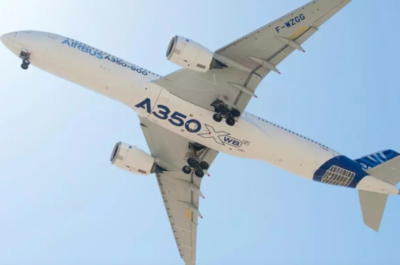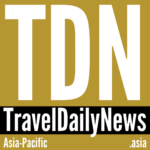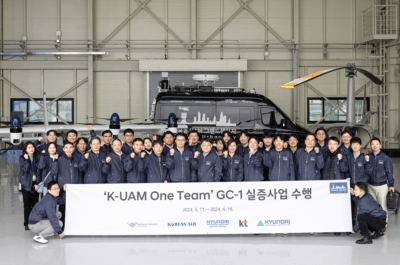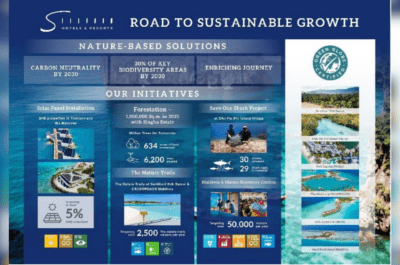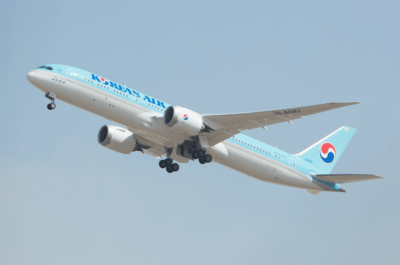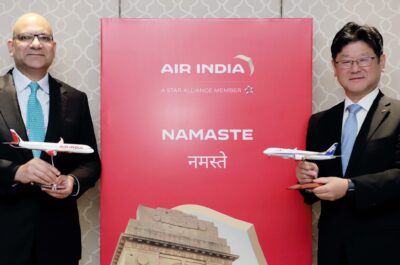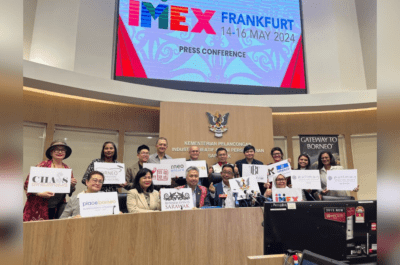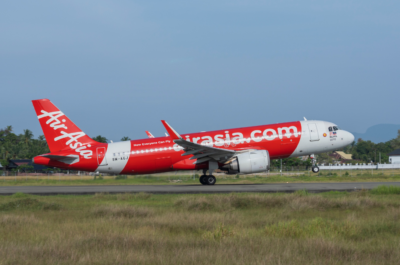…

The latest research from the CWT Travel Management Institute, Business Traveler Services: Finding the Right Fit, provides guidance to help travel buyers balance the need to drive further cost savings while ensuring traveler comfort, safety, and productivity. The study was conducted from September 2010 through April 2011 and included a survey of more than 200 travel buyers and nearly 2,500 travelers and travel arrangers worldwide, in addition to interviews with industry experts and analysis of CWT clients’ transactions and programs. The full report is available via CWT’s global website; meanwhile, below are the key findings.
Online booking tool customization is key
Online booking tool (OBT) use is commonplace today at many organizations, with survey participants indicating an average of 52% of their transactions are handled online, for those companies that have implemented OBTs. Organizations that are most advanced in online booking achieve adoption rates as high as 90%. While such success is worth striving for, CWT’s research illustrates that buyers need to consider a number of factors when attempting to increase OBT use by travelers. For example, they need to evaluate the number of simple trips that can be easily booked online vs. more complex trips that could benefit from the assistance of a travel counselor; the specifics of each company’s culture, such as employees’ comfort level with technology, the availability and reliability of a given OBT in the geographic areas where the bookings will occur, the organization’s ability to influence traveler behavior and implement changes; and more.
Travel buyers must clearly explain to travelers the benefits the company receives through OBT use, including ticket prices that are 7% lower on average, reduced booking costs based on automation, increased visibility of all options to travelers at the time of booking, etc. At the same time, buyers must seek traveler feedback on OBTs and manage the challenges that can arise. For example, 41% of traveler participants in this research said they feel they receive a decreased level of service when using an OBT. In addition, companies need to closely monitor their efforts when implementing OBTs, as online booking becomes much less efficient if a high proportion of transactions involve errors or queries that must be handled manually.
Configurations must address company and traveler needs
A variety of service configurations are available for managed travel programs, including onsite dedicated support; full service support with either dedicated or designated counselors; standardized service centers; and multinational service centers. The best configuration for each company will depend on its travel patterns, traveler expectations, and overall program goals; and the resulting savings for choosing an efficient and effective configuration can reach 0.5-1% of total travel spend.
Of course, a key consideration in selecting a service configuration is satisfying traveler needs. The travelers participating in CWT’s research indicated they most value a simple, fast booking process, and 24/7 access to service and support. They also highly value the ability to book at times that are most convenient for them, access the lowest rates, and book all components of their trip via one channel.
Enhance the travel experience where possible
Many of the travel program components that improve the traveler experience also benefit the organization through increased compliance and improved employee productivity. Among these are web-based traveler portals, traveler profile tools, emergency assistance and risk management, high-touch service as appropriate and unused ticket management solutions. Additionally, mobile services are increasingly important for keeping travelers connected to the program during their travels (see Tackling mobile technology to encourage traveler compliance in this issue), and social media use for similar purposes is expected to increase in the future.
Expense reporting is a critical component
A well-managed travel program must include an effective expense management system to help enforce policy compliance and prevent fraudulent activity. In tightly regulated industries it is even more imperative to have such a system in place. An expense management strategy should begin with the travel policy, specifying which traveler expenses are reimbursable and providing cost thresholds where necessary, such as for meals. The policy should also outline how expenses are filed and paid.
After policy, processes must be established to reconcile, approve, and reimburse for expense reports, handle any reclamation of value added taxes (VAT), and audit reports for accuracy. Finally, the company must choose an optimal expense reporting system, which may include a web-based approach, hosted software, or manual handling via spreadsheets. Travel buyers participating in CWT’s research largely look to their TMC for assistance with expense reporting, with 47% of respondents stating they feel TMCs should include expense management as part of their service offering.
While the options for selecting business traveler services in a managed travel program are truly endless, travel buyers can navigate the myriad options by remaining focused on delivering the products and services that keep travelers safe, happy, and productive, while delivering cost savings and efficiencies that provide the organization the best possible return on its travel investment.
TravelDailyNews Asia-Pacific editorial team has an experience of over 35 years in B2B travel journalism as well as in tourism & hospitality marketing and communications.




![[PR] PR_Ascott and Vimut Hospital_2024](https://www.traveldailynews.asia/wp-content/uploads/2024/04/PR-PR_Ascott-and-Vimut-Hospital_2024-400x265.jpg)




